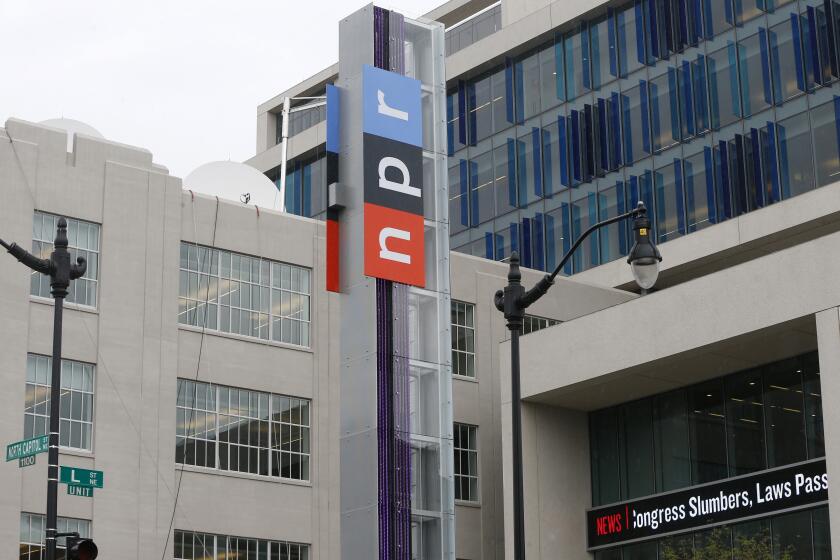Readers React: How our failure to build housing has turned affordable units into ‘investment opportunities’
- Share via
To the editor: There is a lot to unpack in the Los Angeles Times’ article on long-term, low-income tenants being displaced by new landlords who issue mass evictions before renovating their properties and significantly increasing the rent.
For me, the most revealing quote was the Irvine developer’s statement about his effort to bring these buildings “to the point where they are an asset to the community.” This speaks to California’s failure to look at existing private housing that happens to be priced affordably — also known as naturally occurring affordable housing, or NOAH — as an an asset to the community. By failing to develop enough new homes, we’re allowing NOAH housing to go extinct.
This has created a gold mine for profit-seeking developers and has put additional pressure on governments to develop affordable housing that will never meet the needs of people being displaced from the NOAH homes they know and love.
We can either allow opportunistic developers to decide what we should value in our communities, or we can build our way out of this mess with smart-growth policies, creating an abundance of housing at every level of need. The choice couldn’t be more clear.
Andy Kerr, Long Beach
The writer is a member of the Los Angeles County Measure H Citizens’ Oversight Advisory Board.
..
To the editor: Renters are not owners and therefore have no guarantee of housing other than specified by their rental agreement.
I don’t see anything in the article that implies that the developers broke the renters’ contracts, so to say the tenants were “forced out” of their homes seems disingenuous. If I rent a room at a Hilton for two nights for $200, the hotel is not obligated to rent it to me for a third night at the same rate.
It’s becoming apparent that savvy real estate investors and companies like Amazon will become the two major forces that drive homelessness in L.A.
— Marilyn Haese, Los Angeles
These are old properties that need improvement and have been rented under market for years.
Barbara Shapiro, Huntington Beach
..
To the editor: In the 1973 film “Soylent Green,” the streets of 2022 are void of grocery stores and retail storefronts and instead replete with nondescript gray warehouses. The filmmakers made a subtle prediction that vital local establishments would fall away as resources grew scarce.
Fast forward to 2018, and it is all coming true. Today we buy and receive our goods via online shopping sites while neighborhood merchants must close their doors. Hundreds of retail clerks and salespeople are now more at risk of making up the next wave of homelessness.
In 2016 and 2017, taxpayers in the city of Los Angeles and in the county voted their hearts in supporting about $1.5 billion in bonds to help those who’ve already fallen homeless. But there’s little acknowledgement of our need to stop contributing to what is about to be the new world order that “Soylent Green” predicted.
It’s becoming apparent that savvy real estate investors and companies like Amazon will become the two major forces that drive homelessness in L.A.
Marilyn Haese, Los Angeles
Follow the Opinion section on Twitter @latimesopinion and Facebook.
More to Read
A cure for the common opinion
Get thought-provoking perspectives with our weekly newsletter.
You may occasionally receive promotional content from the Los Angeles Times.






